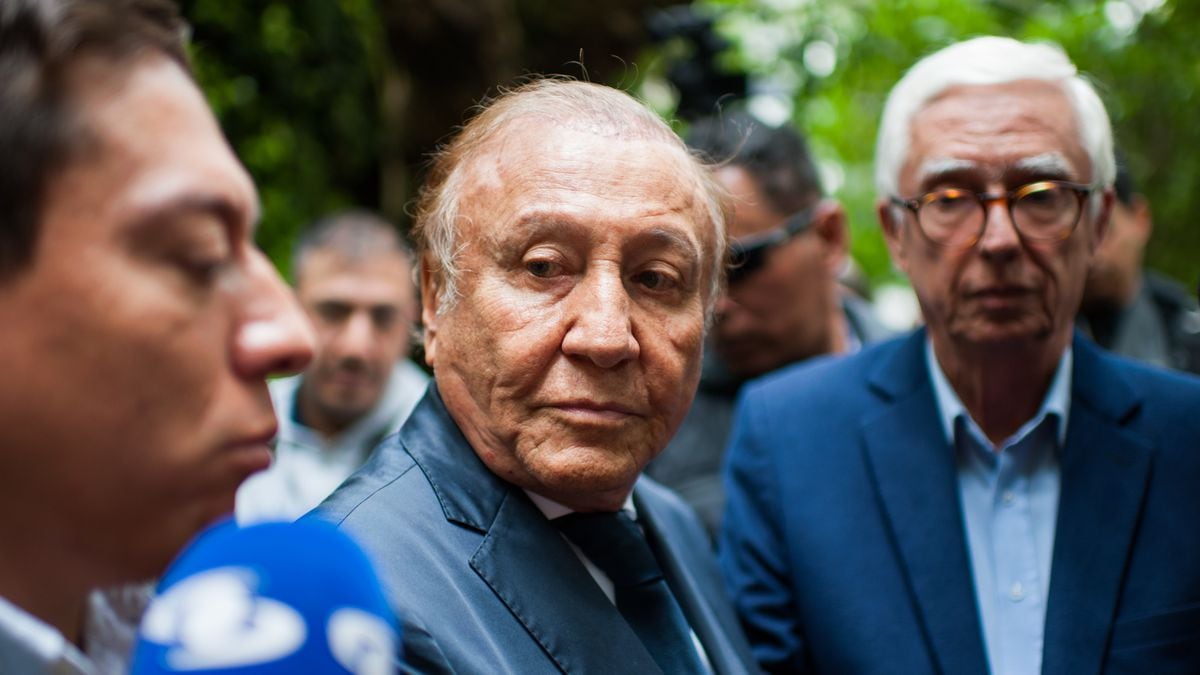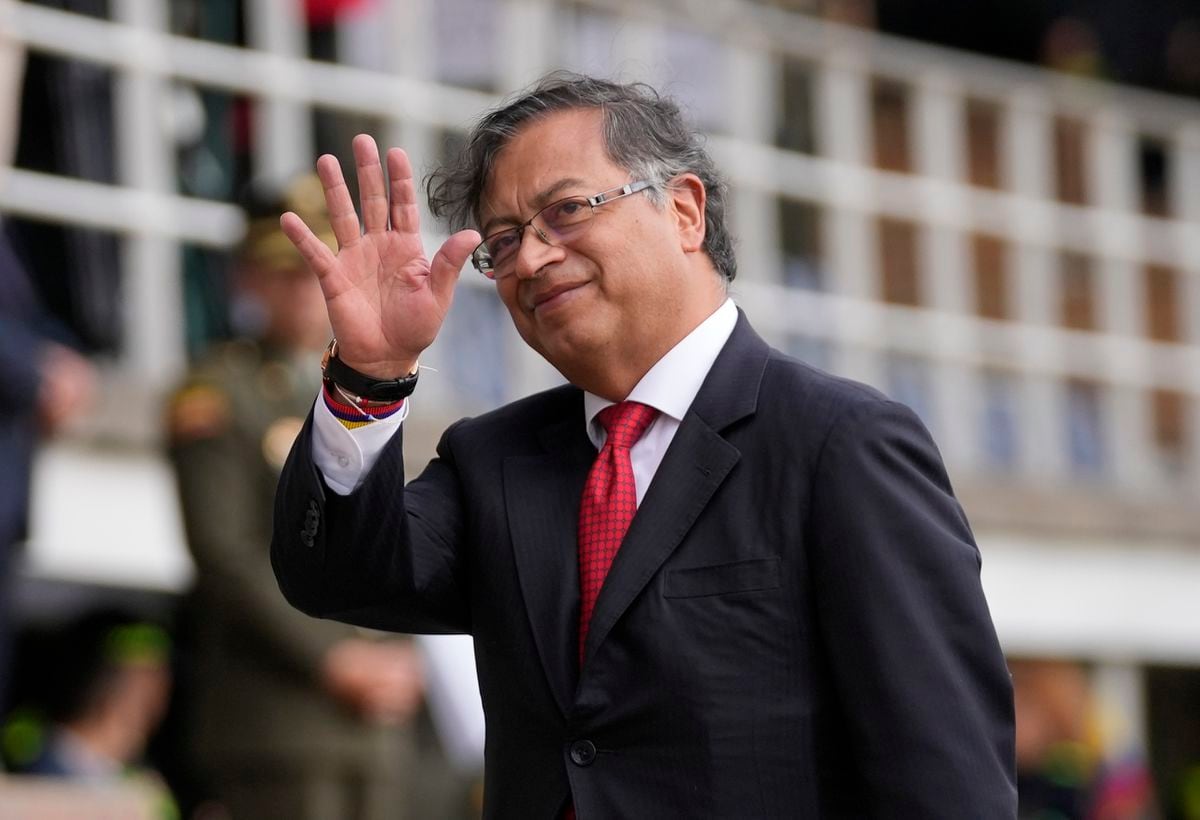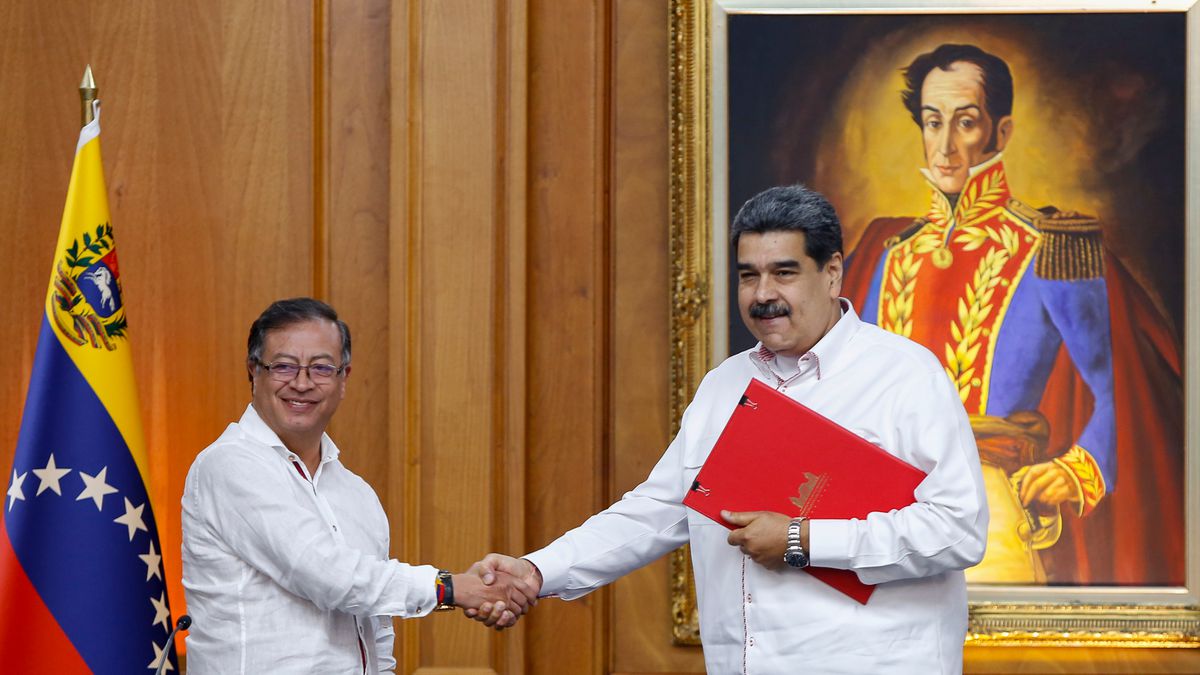Petro celebrates his victory: "Change consists of leaving hate behind" 3:21
(CNN Spanish) --
The pulse between Gustavo Petro and Rodolfo Hernández for the presidency of Colombia divided the country.
The former won with just over 50% of the vote ––by a narrow margin–– and the results map reveals this polarization, both in the main cities and in the regions.
According to data from the Registry, more than 22.6 million Colombians went to the polls this Sunday, June 19, to cast their vote, a figure that exceeded the turnout of 21.4 million in the first round.
Results of the elections in Colombia 2022, live
Petro, who had led the elections three weeks ago by obtaining 8.5 million votes, managed to grow by 2.7 million more.
Enough to ratify his predominance over Hernández, but without consolidating a big difference: the final balance was around 718,000 votes, about 3.22 percentage points.
ANALYSIS |
The 5 conclusions of Gustavo Petro's victory
So how did the major cities vote?
Bogota
Petro prevailed in Bogotá ––a city of which he was mayor and for whose management he faced dismissal in 2013 and his subsequent return to office–– with a total of 2,253,997 votes (58.59%), according to the Registry figures.
Hernández, for his part, obtained 1,480,198 votes (38.48%) in the capital.
advertising
Gustavo Petro is the elected president of Colombia with more than 50% of votes
However, as happened in the first round, the candidate Rodolfo Hernández won in the department of Cundinamarca (where Bogotá is located) with 756,454 votes (53.45%) compared to 624,965 (44.16%) for Petro.
Medellin
This city, the second largest in Colombia, represented an opportunity for Hernández: the candidate who won there in the May 29 elections was Federico 'Fico' Gutiérrez, who was left out of the second round and announced his support for the engineer.
The vote that Hernández obtained in Medellín was almost double that of Petro with 684,161 votes (62.55%) compared to the 372,356 votes (34.04%) of the now president-elect.
In fact, in the second round Hernández surpassed by more than 81,000 votes the figure reached by Gutiérrez in the first elections (603,092 votes).
Hernández also led by a wide margin the votes in Antioquia, the department where Medellín is located, accumulating 1,822,700 votes (63.93%) against Petro's 942,005 votes (33.04%).
In the first round, this was the only department in the country in which Gutiérrez won with 1,385,565 votes.
Cali
The third largest city in Colombia expressed majority support for the formula of Gustavo Petro and Francia Márquez, who received 657,597 votes (63.76%) compared to the 349,510 (33.88%) obtained by Rodolfo Hernández and Marelen Castillo.
And this trend was replicated in the department of Valle, to which Cali belongs, with very similar percentages: the now president-elect achieved 1,310,236 votes (63.95%) compared to 695,059 votes (33.87%) for Hernández. .
Petro had already led the results in Cali and Valle in the first round.
The main change in the map
There was a department, when comparing the maps of the first and second rounds, where the results revealed a very marked change: Antioquia.
And that was due to the fact that Federico 'Fico' Gutiérrez, the candidate who won the May 29 elections in that department, was left out of the presidential race.
In the second round, Rodolfo Hernández won in Antioquia.
However, the vast majority of departments maintained the trend of the first round and in this Sunday's elections the candidate who had led three weeks ago won again.
The map reveals that the interior and east of the country, in departments such as Santanderes, Tolima, Huila, and the eastern plains, opted for Rodolfo.
While Bogotá, the capital, the Atlantic coast, the Pacific and the south and southwest of the country ––the periphery–– supported Gustavo Petro.
Some differences with which a border could almost be marked.
Gustavo PetroRodolfo Hernandez








/cloudfront-eu-central-1.images.arcpublishing.com/prisa/RYAE4R2YX5G7LGEJQ74SXZI47A.jpg)
